By Chi Hongquan, Zhai Jian, Han Xueyan, Sinopec Qilu PC
SSBR has the advantages of low rolling resistance and excellent wet-slip resistance and wear resistance, and is widely used in high-performance tires such as green tires, anti-skid tires, ultra-lightweight tires, etc.
Due to the technical barriers, there are only 6 above-scale SSBR producers in China, with a total capacity of 230 kt/a, as shown in Table 1. There has been no new capacities after North Dynasol’s 30 kt/a, Zhenjiang Chimei’s 40 kt/a and Yanshan PC’s 30 kt/a lines launched in 2015.
Table 1 China’s above-scale SSBR producers
Producer | Area | Company nature | Capacity (kt/a) | Technology | Launching time |
Dushanzi PC | Kelamayi, Xinjiang | PetroChina | 60 | ENI | 2009 |
Zhenjiang Chimei | Zhenjiang, Jiangsu | Foreign | 40 | Chimei | 2015 |
Gaoqiao PC | Shanghai | Sinopec | 40 | Asahi Kasei | 2006 |
Yanshan PC | Beijing | Sinopec | 30 | Self-developed | 2015 |
Liaoning North Dynasol | Panjin, Liaoning | Joint Venture | 30 | Dynasol | 2015 |
Baling PC | Yueyang, Hunan | Sinopec | 30 | Self-developed | 2014 |
Total | 230 |
PetroChina Dushanzi Petrochemical ranks No. 1 in terms of the SSBR capacity, accounting for 26.1% of the country's total; followed by Gaoqiao Petrochemical and Zhenjiang Chimei, each accounting for 17.4% of the total capacity; the remaining three producers each accounts for about 13% of the total. Chart 1 shows the distribution of China's SSBR capacity in 2019. East China, Northwest China, North China, Northeast China, and Central China accounts for 35%, 26%, 13%, 13%, and 13%, respectively.
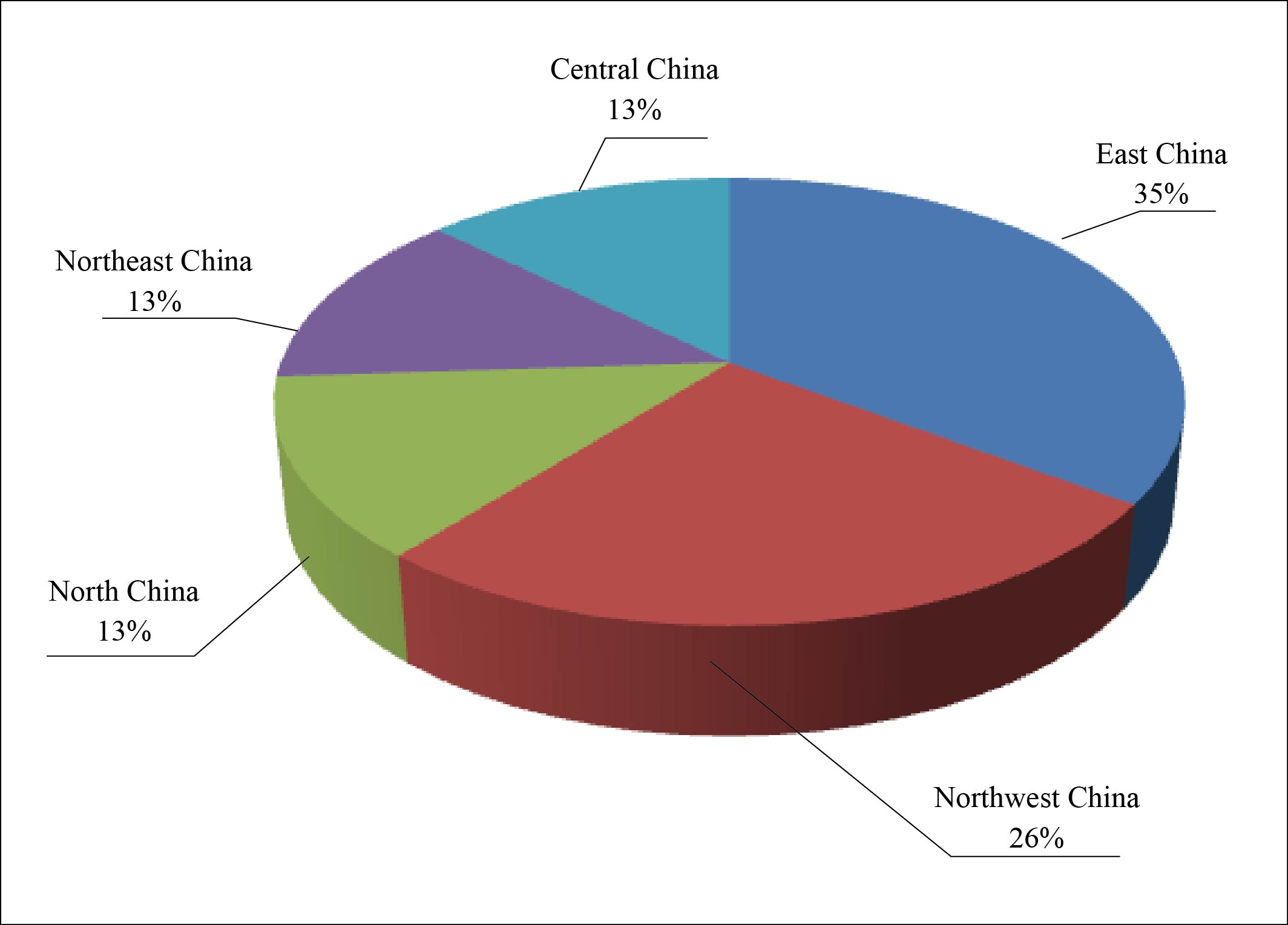
Chart 1 China’s SSBR capacity distribution in 2019
China's SSBR market has been in short supply since 2015, with an average gap of over 100 kt. It is estimated that by 2024, the capacity will reach 330 kt/a, output 145 kt, and demand 315 kt.
China’s SSBR production continued to increase through 2015 to 2018. In 2019, the output was 102 kt, a year-on-year decline of 5%, as shown in Chart 2. The year-on-year decrease in output was mainly due to the maintenance of production lines.
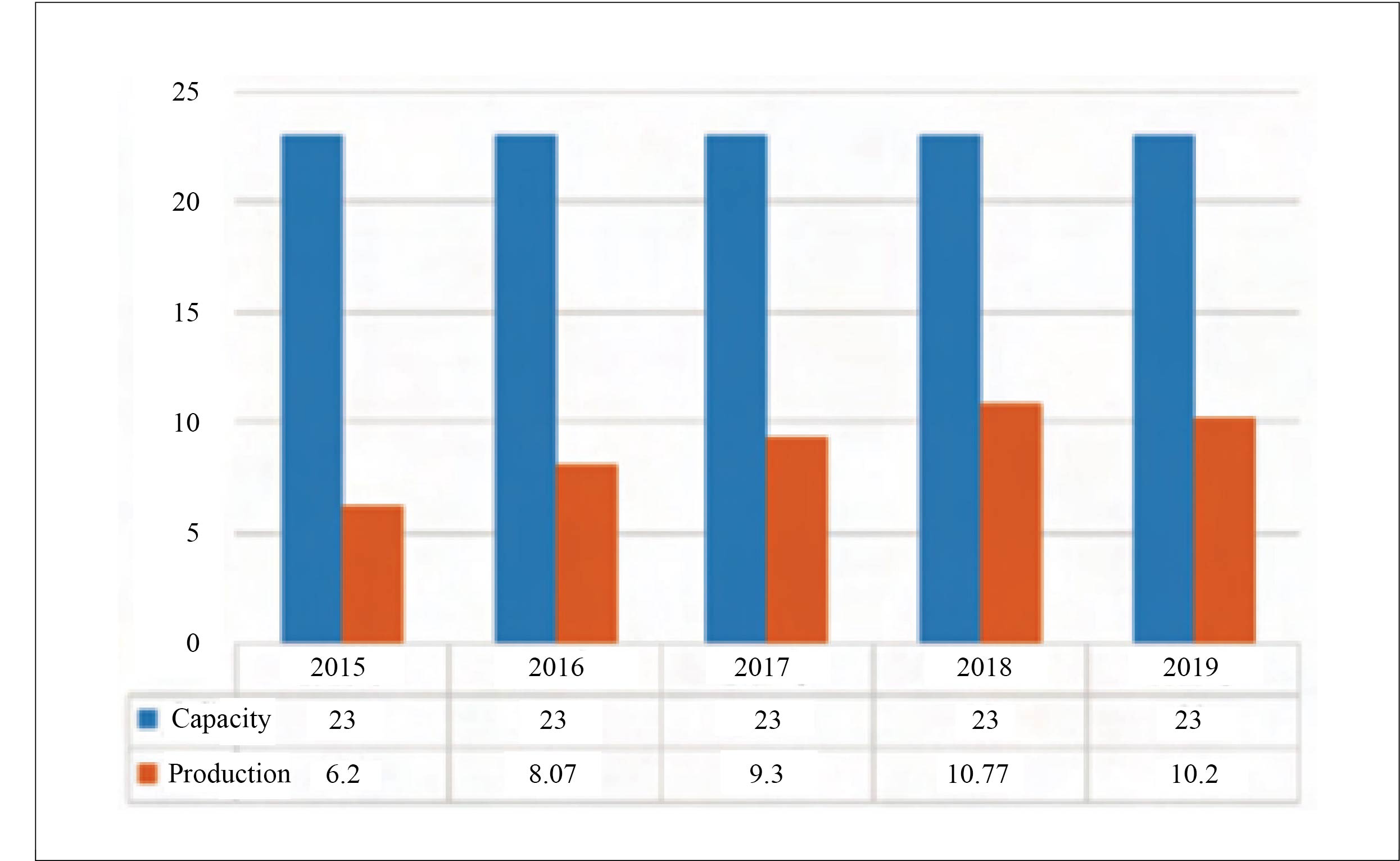
China’s SSBR capacity and production, 2015 to 2019 (10 kt)
The consumption structure of China's SSBR in 2019 is shown in Chart 3. In 2019, 78% of China's SSBR was used in the tire industry, an increase of 6% year-on-year; the demand from plastic modification took 14 %, a decrease of 4%; the relocation of the shoe industry led to a shrinkage of its consumption of SSBR, down from 10% in 2018 to about 8% in 2019.
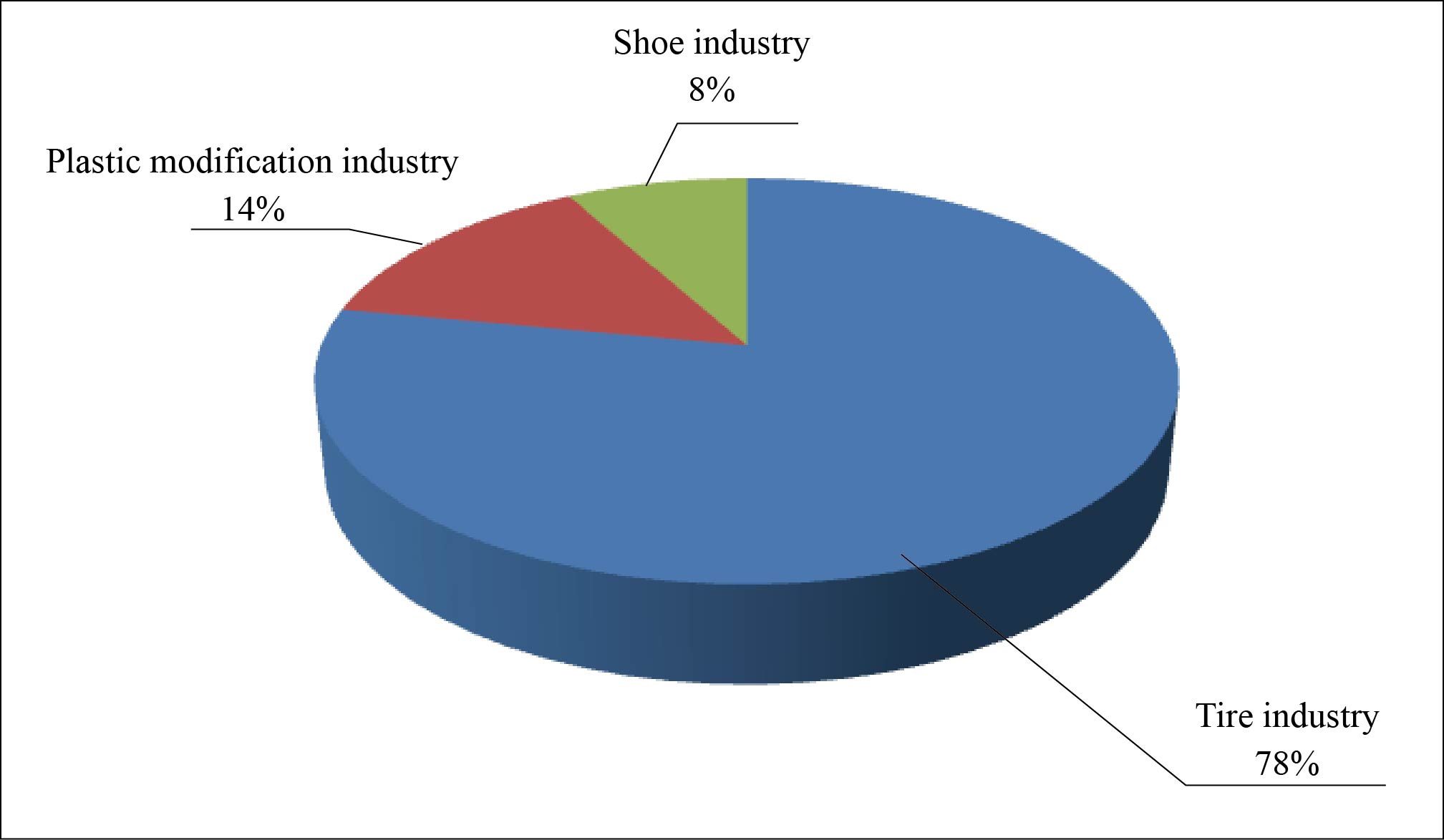
Chart 3 China’s SSBR consumption structure by industry, 2019
In 2019, East China, South China, North China, and Southwest China were major consumers of SSBR in China. East China accounted for 88% of the total, South China 5%, and other areas 2% to 3%. Downstream semi-steel tire companies mainly locate in East China (77%), Northeast China (7%), and South China (6%); shoe-making enterprises are mainly in South China and East China, taking 52% and 31% respectively; and plastics modified industry is distributed in East China and South China, accounting for 53% and 32%, respectively.
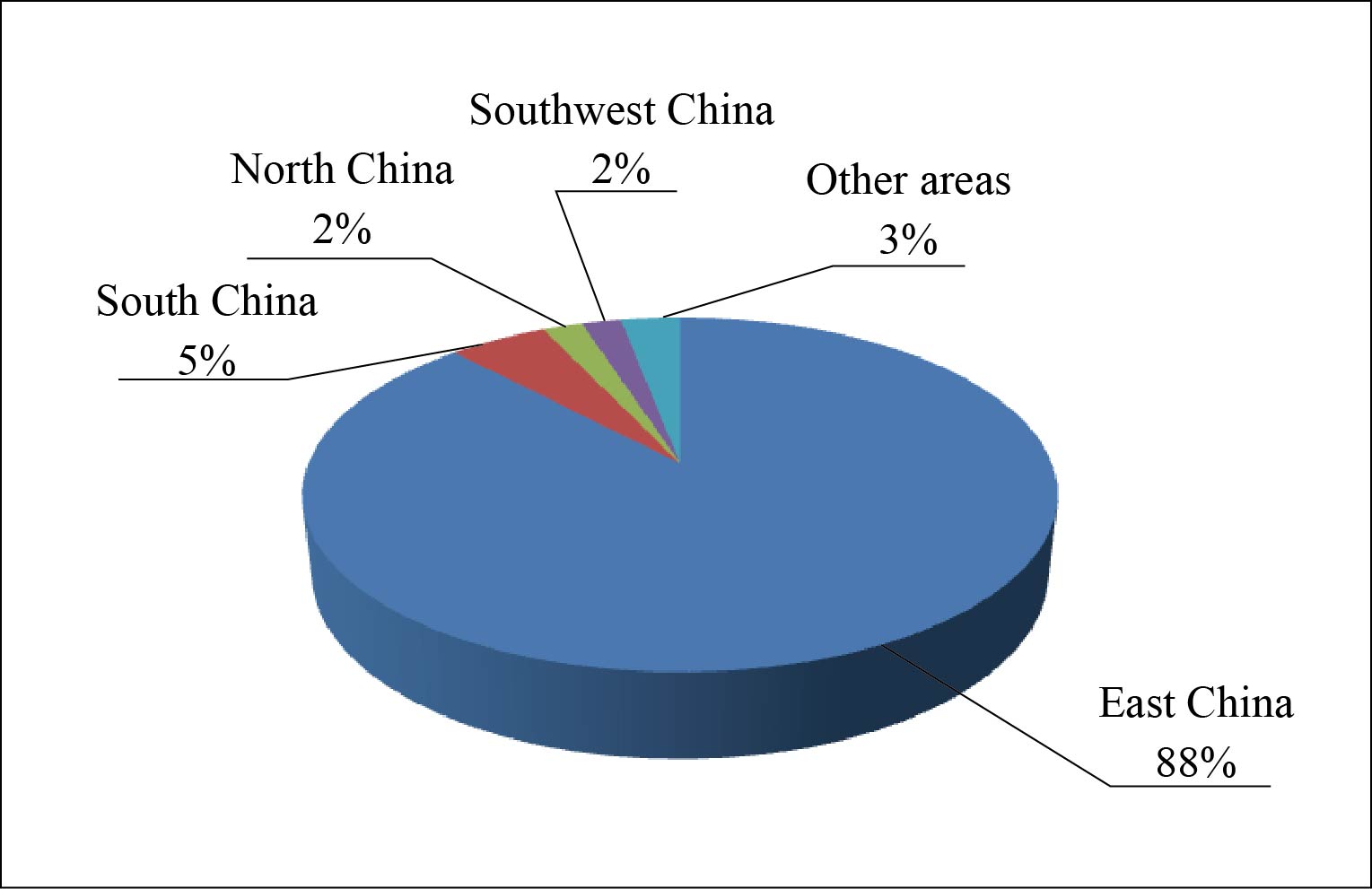
Chart 4 China’s SSBR consumption structure by area, 2019
The actual demand of SSBR in China from 2015 to 2019 is shown in Chart 5. Driven by the implementation of the Tire Export Destination Labeling Act and the improvement of China's tire labeling system, the actual demand for China's SSBR has been increasing since 2015, but the average annual growth rate fell slightly. The actual demand in 2019 increased to 255 kt, a year-on-year increase of 4.5%.

Chart 5 China’s actual demand of SSBR, 2015-2019 (10 kt)
China's SSBR market has been in short supply since 2015, as shown in Chart 6. The actual demand continues to increase, and the import volume keeps going up as the Chinese market is highly dependent on high-grade SSBR imports. In 2019, the proportion of imported supply to the total increased by 5.4% year-on-year to 58.8%, and the domestic supply gap reached 153 kt, an increase of 21.6% year-on-year.
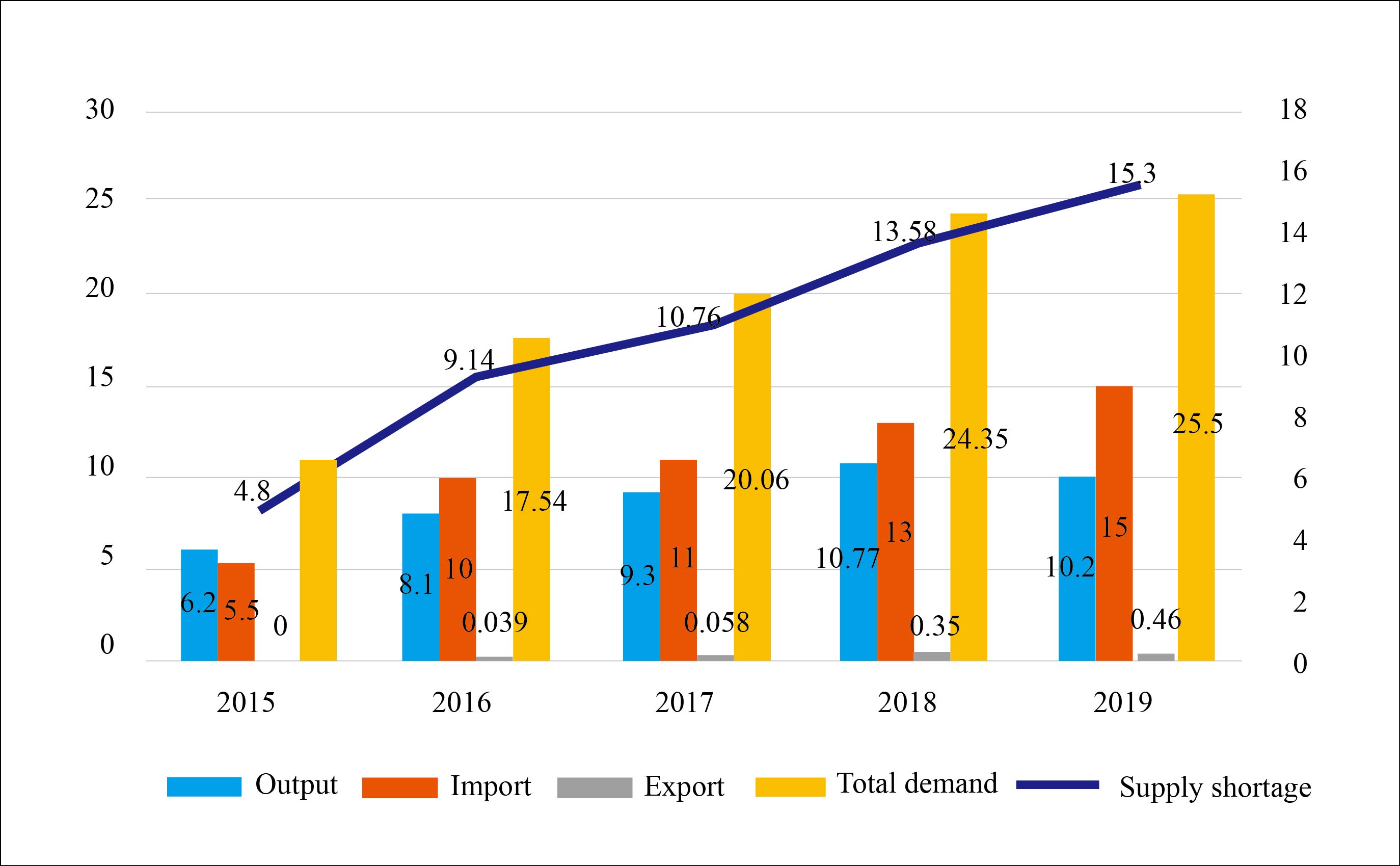
Chart 6 China’s SSBR supply-demand, 2015-2019 (10 kt)
Imports are increasing year by year
The import and export of China's SSBR from 2015 to 2019 are shown in Chart 7. The actual import volume in 2019 was about 150 kt, an increase of 15% year-on-year, mainly from South Korea, Poland, Singapore, Germany, Japan, France, Taiwan and Thailand, accounting for about 32%, 14%, 12%, 11%, 11%, 6%, 6%, and 3%, respectively. Major importing provinces and cities are Shandong (accounting for about 33%), Jiangsu (27%), Fujian (14%), Shanghai (12%), Guangdong (4%), Zhejiang (4%), and Anhui (2%). Shandong has the most significant year-on-year growth.
In terms of exports, the overall trend during 2015 to 2019 was upward, but the volume was somewhat low. In 2018, the export volume was around 3 600 tons, with a year-on-year growth of 515%. In 2019, the export volume was about 4 600 tons, an increase of 28.6% year-on-year. The main exporting provinces are Zhejiang, Jiangsu, and Liaoning; and the main exporting destinations are Taiwan, India, Vietnam, and Russia.

Chart 7 China’s SSBR imports and exports, 2015-2019 (10 kt)
Domestic supply will increase significantly in the future
The market will see 2 to 3 new SSBR units launched by 2024. Zhenjiang Chimei plans to expand its existing capacity in 2020, leaving China’s total SSBR capacity up to 270 kt/a if the expansion is successful, a year-on-year increase of 17.4 %, and the output may reach 120 kt, a year-on-year increase of 17.6%.
With the commissioning of the additional capacities of Zhenjiang Chimei and Dushanzi PC, it is expected that China's SSBR capacity will reach 330 kt/a in 2024, production will increase to 145 kt, and demand may reach 315 kt. Chart 8 is the forecast of China's SSBR supply and demand balance from 2020 to 2024. With the increase in the domestic supply of high-end SSBR and the promotion of market applications, the growth rate of the imports of SSBR will slow down.
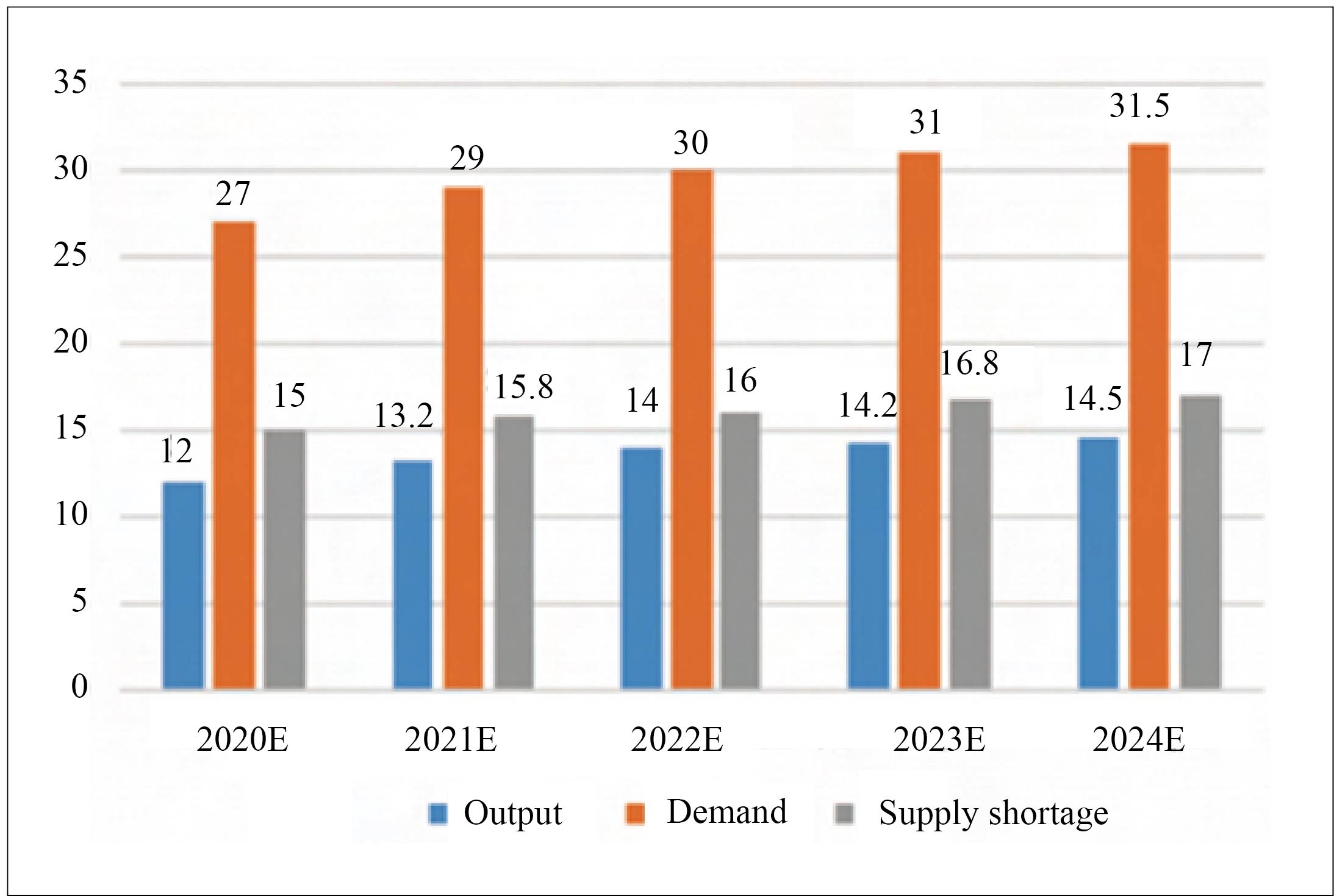
Chart 8 China's SSBR supply and demand balance, 2020 to 2024 (10 kt)